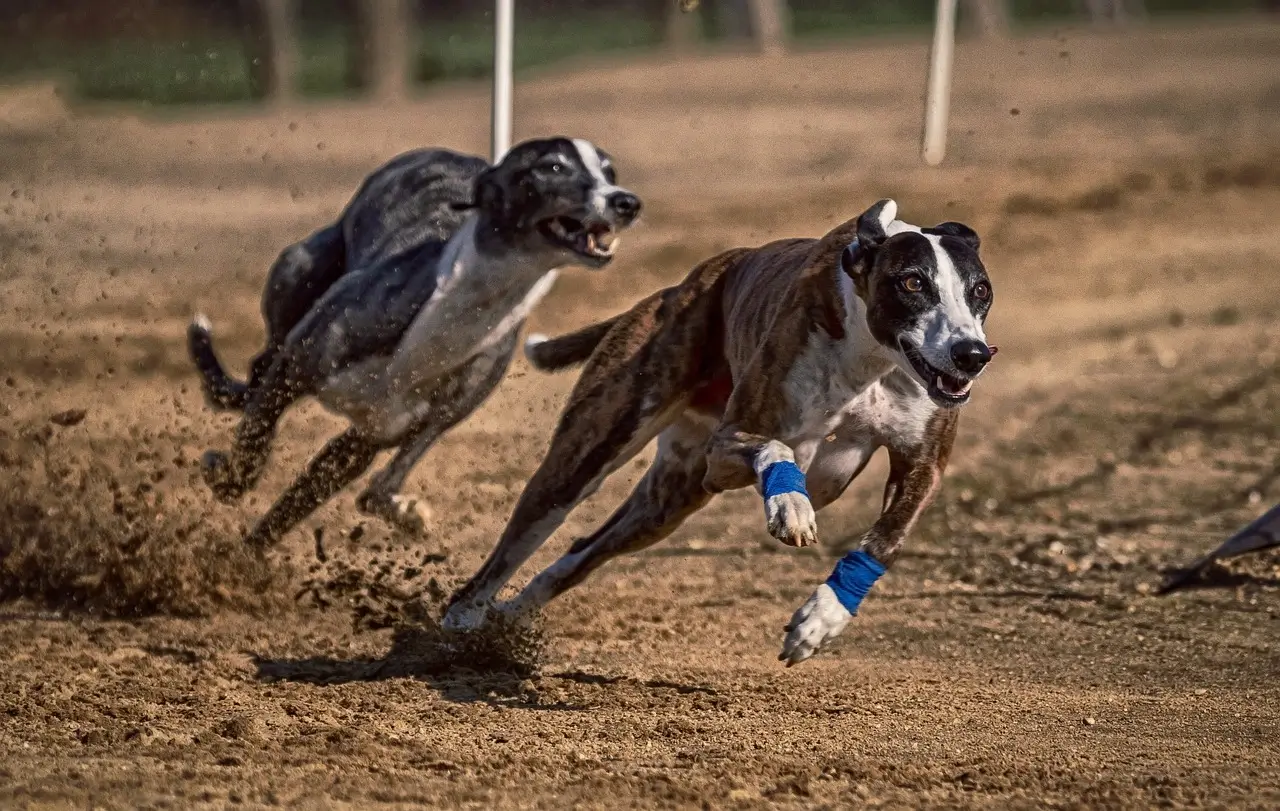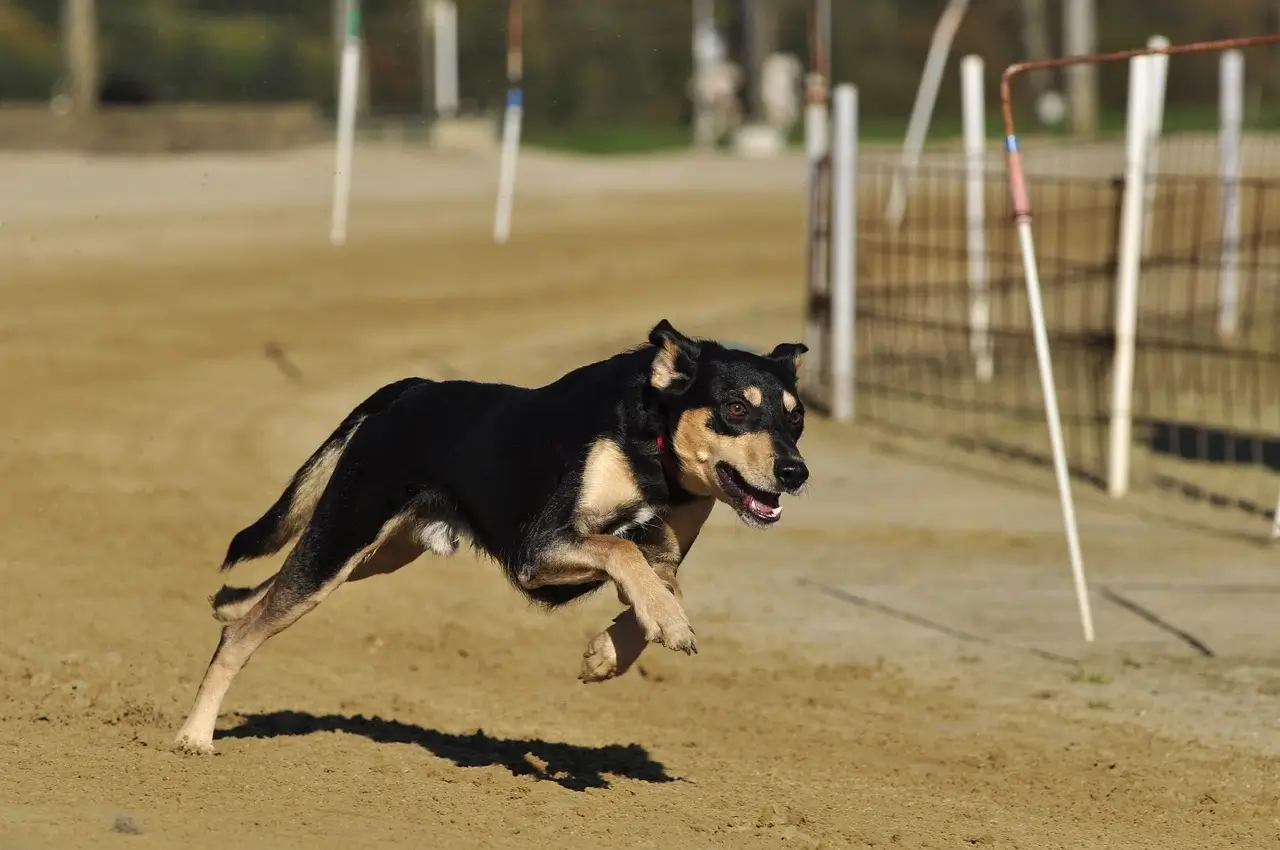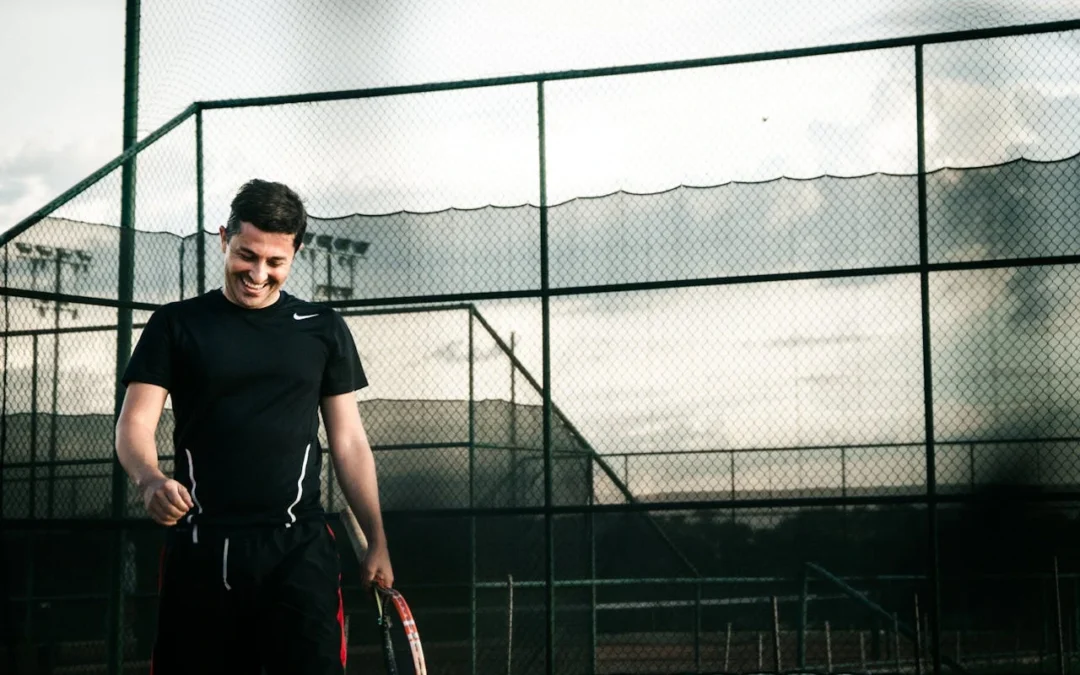Greyhound racing is a fast-paced sport where greyhounds dash around a track. Greyhound racing traces its roots back to coursing, where dogs chase game by sight, not scent. Modern racing emerged in the early 20th century with the invention of the mechanical lure in 1912, which allowed the sport to be conducted in a more controlled environment. The sport quickly gained popularity, with tracks opening worldwide. It evolved from simple straight tracks to oval tracks that featured complex betting systems. This evolution led to greyhound racing becoming a major spectator sport and a significant part of the gambling industry, attracting large crowds who not only enjoyed the speed and agility of the dogs but also participated in betting on greyhound races today. Over time, the sport has faced challenges and scrutiny, particularly concerning animal welfare and ethical practices, prompting reforms and changes in regulations to ensure the well-being of the racing greyhounds.
How It Works
- The Track: Races typically take place on oval tracks with a mechanical lure that the dogs chase. The length of races varies but often ranges between 300 to 700 meters.
- The Greyhounds: Greyhounds are chosen for their speed, agility, and keen sight. They begin training at a young age and usually start racing between 18 to 24 months of age.
- Racing Categories: Races are categorized based on criteria such as age, experience, and past performance to ensure fairness.
- Betting: Betting is a significant component, with spectators wagering on outcomes. The betting system includes options like win, place, and show, among others.
Controversy and Animal Welfare
- Animal Welfare Concerns: The sport has faced criticism due to concerns over the treatment of the dogs, including their welfare post-racing and injuries sustained during races.
- Regulation and Reform: In response, many regions have implemented stricter regulations or banned the sport outright. Adoption programs for retired racing greyhounds have also become popular, helping to rehome dogs once their racing careers are over.

Modern Status
- Decline in Popularity: The sport’s popularity has declined in some areas due to animal welfare concerns, leading to the closure of tracks and a decrease in betting revenues.
- Continued Presence: Despite this, greyhound racing remains popular in some regions, supported by a community of enthusiasts, breeders, and trainers who advocate for the sport and the dogs’ welfare.
The Way Forward: Ethical Considerations and Innovations
The future of greyhound racing hinges on the industry’s ability to innovate and adapt to the changing ethical landscape. Here are some potential pathways:
- Enhanced Animal Welfare Standards: Implementing and strictly enforcing higher welfare standards could address ethical concerns. This includes better living conditions, veterinary care, and ensuring a humane retirement plan for the greyhounds.
- Community and Adoption Programs: Strengthening community engagement and expanding adoption programs for retired greyhounds can enhance the sport’s image and ensure the well-being of the dogs after their racing careers.
- Technological Innovations: Leveraging technology to improve track safety and monitoring the health and well-being of the dogs can also play a significant role in addressing welfare concerns.
- Diversification: The industry might consider diversifying its offerings to attract a broader audience, potentially integrating greyhound racing with other forms of entertainment or sports events.
Greyhound racing stands at a pivotal moment, where the preservation of its rich heritage must be balanced with a forward-looking approach to animal welfare. By embracing change and prioritizing the well-being of the greyhounds, the sport can navigate the ethical challenges it faces. The path forward requires a collaborative effort from all stakeholders—owners, trainers, spectators, and animal welfare organizations—to ensure greyhound racing can thrive in a manner that respects both its legacy and the rights of the animals at its heart. As the industry adapts to these evolving standards, greyhound racing has the potential to set a precedent for how traditional sports can evolve in alignment with modern values of animal rights and welfare. This transformation could not only secure a sustainable future for the sport but also serve as a model for ethical engagement and innovation in the broader realm of animal-related activities.
Join us now at PIWI247 and be part of a community that celebrates the heritage of greyhound racing and champions animal welfare. Bet smart, bet ethically, bet with PIWI247.
Betting FAQs
How old are greyhounds when they start racing?
What happens to greyhounds after they retire from racing?
Are there measures in place to ensure the welfare of racing greyhounds?
Kyle Daly


